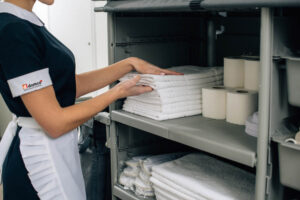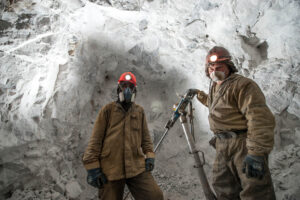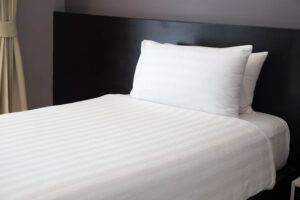
Why Sustainable Waste Management Matters in Remote Locations
Implementing sustainable waste management strategies help organisations reduce, reuse, and recycle to protect the environment we work in and ensure

Working in remote locations presents its own set of challenges when it comes to the health and safety practices of team members. Limited access to medical facilities, extreme weather conditions, rugged terrains, and the absence of immediate emergency services require a proactive approach to mitigate potential hazards. Recognizing these challenges and addressing them through comprehensive safety protocols and practices is a fundamental aspect of achieving operational excellence.
Effective health and safety practices in remote environments involve a comprehensive approach that encompasses several key elements:
Implementing effective health and safety practices in remote environments is essential to protect the well-being of clients and teams. By recognizing the challenges specific to remote work settings, conducting thorough risk assessments, providing comprehensive training, supplying appropriate PPE, developing emergency response plans, and fostering a culture of continuous improvement, remote camp facilities can prioritize the safety of their workforce and create a safer and more secure working environment in even the most remote locations.
Domco Group of Canada Limited is one of the most trusted and well respected remote sites service providers in Canada. Fully Canadian and independently owned, Domco has been in operation since 1945. We offer integrated remote site solutions, including a nutritious and well planned menu cycle, long-term relationship building, and deep Canadian roots in remote locations with Aboriginal communities.
Let us take you through some key advantages that set us apart.

Implementing sustainable waste management strategies help organisations reduce, reuse, and recycle to protect the environment we work in and ensure

Cultural sensitivity and being aware of the cultural differences and similarities of Indigenous communities are crucial when working in remote

Remote camp management comes with its own set of challenges. Working in remote locations requires meticulous planning, adaptable strategies, and

Let’s dive in on how Remote Facility Maintenance helps remote sites operate efficiently, ensuring that the business runs as efficiently

Whether in a mining or oil and gas site, the significance of remote camp housekeeping goes beyond mere tidiness. A

Top-notch janitorial cleaning services is the foundation of a healthy and productive workspace, preventing the spread of illnesses and creating

Diversity and inclusion are becoming increasingly important in extractive industries such as construction camps and remote oil and gas drilling

Working in remote locations presents its own set of challenges when it comes to the health and safety practices of

Welcome, food enthusiasts and adventure seekers! Today, we invite you to explore the art of remote-site catering and how it

The mining industry is a multifaceted sector encompassing a wide range of commodities and project phases, shaping the global economy

Water is a fundamental resource that sustains life and is essential for various activities, from drinking and sanitation to cooking

We shine the spotlight on remote facility management services and the role and contribution of local partnerships in supporting local

We discuss the benefits of Sustainable Solutions for remote sites and how creating greener, more sustainable environments for remote communities

Unparalleled remote facility management services can transform the way remote sites are managed. Let’s take a look at how skilled

When living and working in remote locations, the feeling of home can often seem distant. At Domco Group of Canada,
Domco Group of Canada Limited is one of the most trusted and well respected remote sites service providers in Canada. Fully Canadian and independently owned, Domco has been in operation since 1945. We offer integrated remote site solutions, including a nutritious and well planned menu cycle, long-term relationship building, and deep Canadian roots in remote locations with Aboriginal communities.
We will treat everyone with respect, honesty and integrity. We will foster an atmosphere of teamwork and strive for excellence in everything we do. We will find ways to innovate and do our utmost to deliver the highest standards of foodservice and facility management to remote location companies across Canada.
Other Office Locations: Vancouver, Yellowknife, Regina, Winnipeg, Montreal, Sept-Iles
